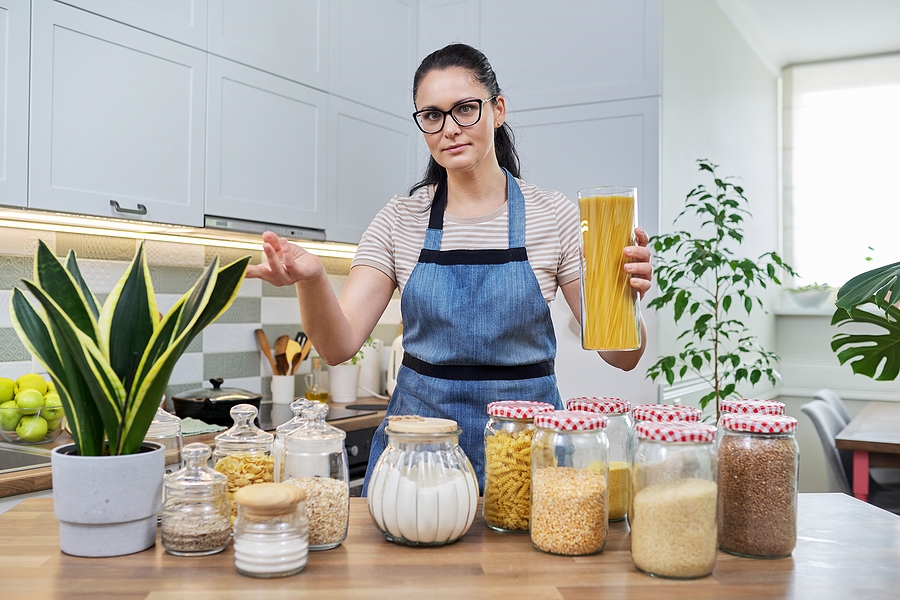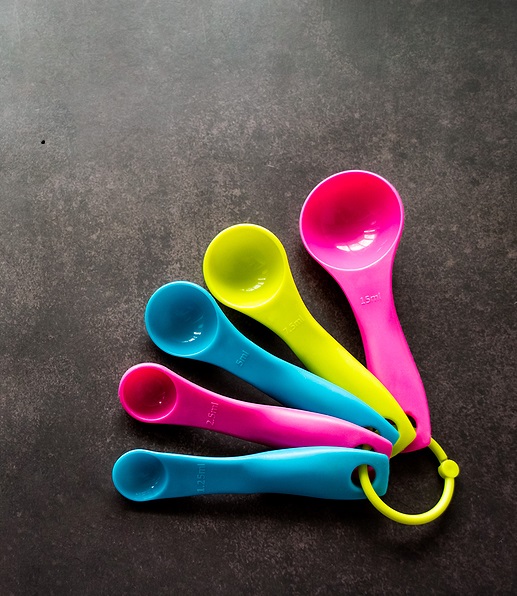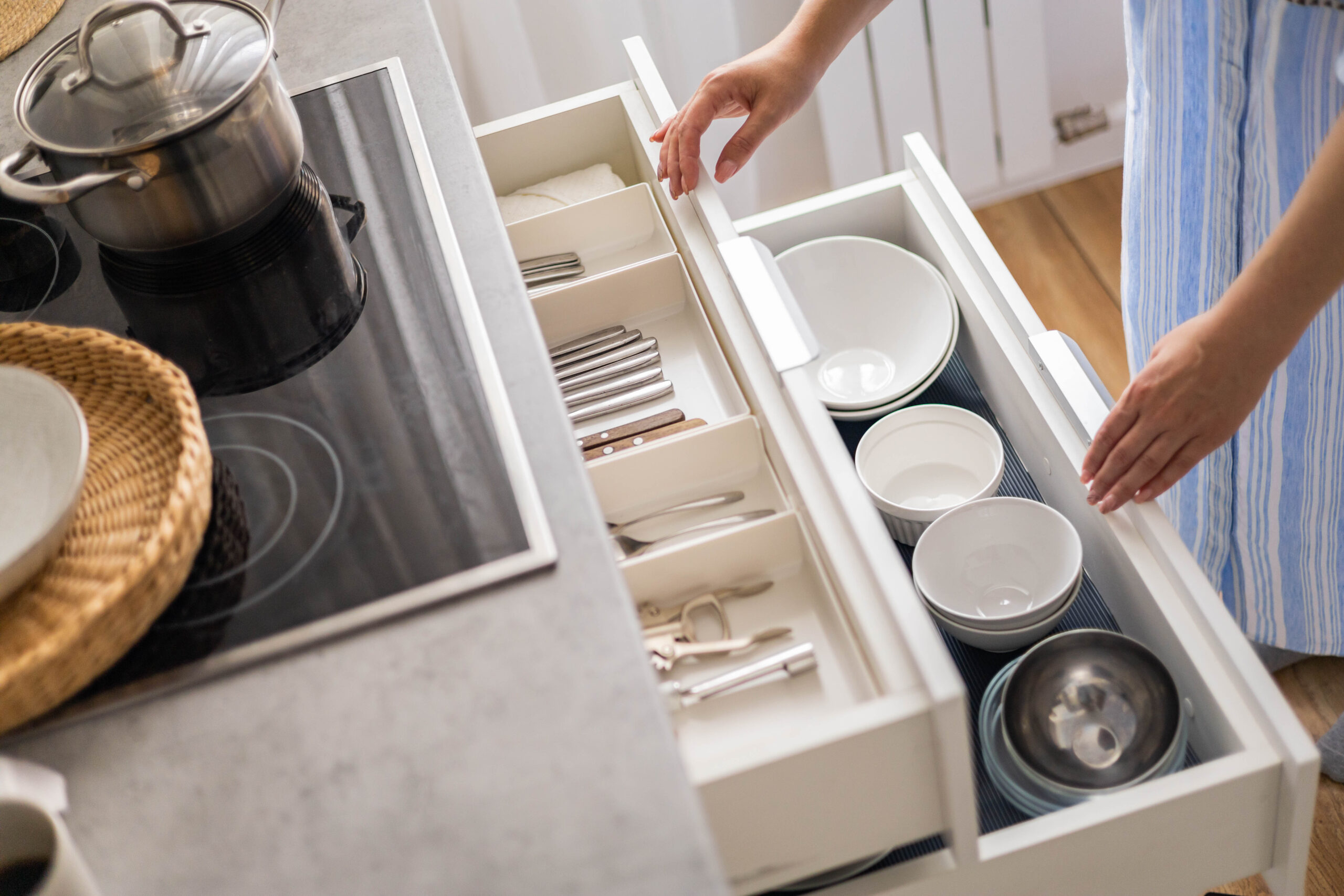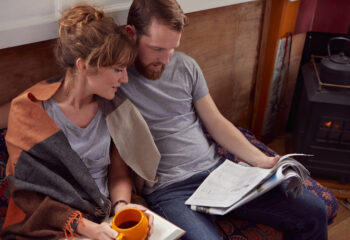If you enjoy preparing good food and consuming it, low vision will not bring an end to that. It requires some adjusting, in very much the same way all other daily activities do. If cooking is not your thing, the fact remains, preparing food and eating it is a necessity. Continued comfort in the kitchen can, and should, be addressed in stages, as the need arises. It’s always good to consider helpful tips along the way.
1. Organize.
Keep everything in its place. It’s wonderful to reach into a drawer or a shelf and find exactly what you’re looking for. Place frequently used items toward the front of each shelf and on easiest to reach shelves. Arrange shelves with similar items. Ask everyone in the house to help out by returning items to their appropriate spot.
2. Prep.
Get the needed cookware, utensils, bowls, dishes, and cutting boards out of their designated places. Having all ingredients prepped before cooking is the key to every chef’s success. Wash, peel, slice or chop fresh produce; measure out and set aside the wet and dry ingredients.

3. Setting Temperature.
Getting the right temperature set on your stovetop or oven can be tricky. Use adhesive bump dots to indicate where the most frequently used settings are. When in doubt, get a quick check on the temperature setting with a video call to a volunteer on the BeMyEyes app.
4. Cooking Meat.
When it comes to meat, best follow cooking directions to avoid undercooking. Experienced cooks can tell by the firmness of the meat when pressed with the index finger. To be safe, get a talking meat thermometer.
5. Use Color Contrast.
For low vision cooks, similar colors can blend together and disappear. Using multi-colored measuring spoons and cooking utensils with brightly colored handles will make them easier to identify. See the food you’re prepping better with dark foods on light colored cutting boards and light food colors on darker boards. Contrasted placemats, napkins and dishes also improve visual clarity.

6. Wear Safety Glasses.
Wear safety glasses so you don’t jeopardize your remaining eyesight with hot grease splatters or other possible injuries. Always better to be safe, than sorry.
7. Google & Alexa.
Voice assistants are the most valuable players in the kitchen. Get cooking directions for anything, including frozen or packaged foods. Set multiple timers. Ask for nutrition info, ingredient substitutions, and convert measurements. Keep a grocery list. Browse recipes and have them read as you cook. Siri can be used in the kitchen, but not quite as easy to work with as Google and Alexa.
8. Grocery List.
Dictate your grocery list to Google, Alexa, or Siri, as items come to mind. Refer to the list from your smartphone, when shopping in a store or placing orders online.
9. Recipes Read Out Loud.
The Google Assistant, on a smart speaker, will help you find a recipe and read it to you as you cook. Ask for a recipe and Google will suggest from the most popular options and tell you the cook time and number of servings, then ask if you want to start with ingredients or instructions. This method works best for recipes that don’t take a lot of time and don’t require a lot of ingredients.
10. Pestle App Makes Recipes Easier To Read.
This app is a natural for low vision cooks because it takes internet recipes and edits out all the chatter to deliver a clean and clear recipe starting with ingredients, then instructions. More about how to use Pestle here.







